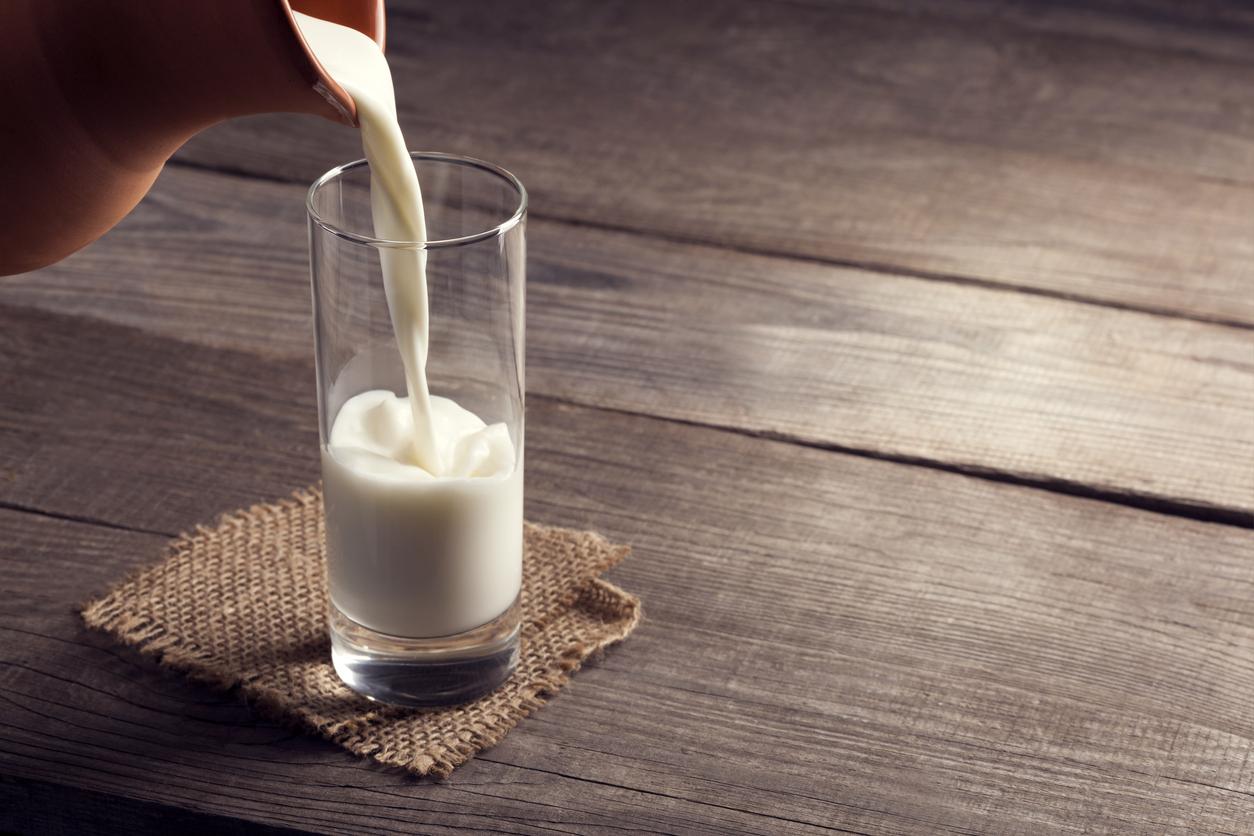If it’s the pumpkin that we celebrate on Halloween, it’s more the pumpkin that we choose for the kitchen. Cucurbits with a sweet flavor, the pumpkin is distinguished by a finer and less stringy flesh. In addition, the health benefits of pumpkin are well established.
The pumpkin is the oldest of the squash and is harvested from October to December. France in products 100,000 tons per year, mainly in the Provence-Alpes-Côte d’Azur region.
Pumpkin: Identity card
- Vernacular name: pumpkin
- Scientific name: Cucurbita maxima
- Family: cucurbitaceae
- Season: September, October
- Producing countries: China, India, Russia
- Varieties: classic pumpkin, pumpkin, giraumon
The benefits of pumpkin in infographic

What are the differences between pumpkin and pumpkin?
The pumpkin is commonly called pumpkin, but the latter is in reality reserved for animal feed. The pumpkin is rounder, more bright orange, but above all much less tasty. The pumpkin is distinguished by a flesh that is at the same time finer, less stringy and sweeter.
Although it can have different shapes and varied colors, the pumpkin is generally round, ribbed and flattened at both poles with a very hard rind. But next to this iconic rounded orange pumpkin, we can find much more original varieties: elongated pumpkins, cubic, green, blue or white, yellow, orange or green. Pumpkin seeds are also edible when roasted and salted.
Rich in water at 92%, pumpkin is a very low-calorie fruit vegetable (20 kcal / 100 g). It provides an average of 1.3% of fiber which, consumed cooked and mixed most of the time, is very well tolerated by the digestive system.
The benefits of pumpkin
The most colorful pumpkins contain a maximum of beta carotene with vitamin and antioxidant properties. With 1.8 to 2 mg of provitamin A / 100 g, a 200 g portion of pumpkin is sufficient to cover the daily requirements.
Pumpkin (like pumpkin) contains a lot of carotenoids, substances with a strong antioxidant power. It also contains a significant amount of vitamin C. A July 2020 study analyzing data from European populations showed that people who had high levels of carotenoids and vitamin C in the blood were associated with a lower risk of developing type 2 diabetes.
Well endowed with calcium and magnesium, the pumpkin has the particularity of providing a lot of potassium and little sodium (less than 2 mg / 100 g). It thus promotes the regulation of blood pressure.
How we store it and how we cook it ?
To choose a good quality pumpkin, one must pay attention to its peduncle which must always be present. This is the guarantee of the (future) good conservation of the pumpkin. Also watch its bark which must not not be cracked. Again, the pumpkin would not keep well due to oxidation.
Finally, the pumpkin must have a uniform shade and stay ffirm to the touch : Pumpkins are generally as hard as wood if you tap gently on them.
The main interest in cooking pumpkin is to thicken vegetable soups (replacing potatoes). These soups, when they combine sufficiently varied vegetables, are a real treasure for health.
In addition, the pumpkin can be stored whole for up to 3 months in a cool, dry room. Its edible seeds are also a mine of omega-6.
And the pumpkin in all of this?
In the large squash family, another close cousin of the pumpkin is the pumpkin that is smaller than a pumpkin or pumpkin (it never weighs more than 4 kilos). Its shape resembles a spinning top, its color is brick red, green, or brown and, unlike the pumpkin, its skin can be edible. It has a floury and sweet yellow flesh. The pumpkin has a chestnut flavor and can be eaten salty or sweet.















